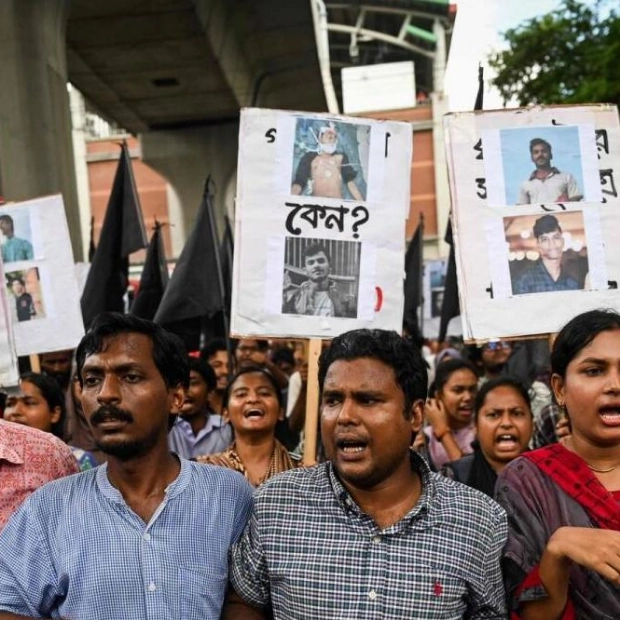The Reserve Bank of India's Payments Vision 2025 aims to triple digital payment transactions, significantly boost mobile and PPI transactions, and expand payment acceptance infrastructure, marking a transformative period for the Indian fintech sector, according to an expert.
Bal Krishnen, Chairman and CEO of Century Financial, highlighted the highly promising future for the Indian fintech sector, driven by technological advancements, favorable demographics, and expanding digital infrastructure. He noted that India's robust digital ecosystem, including platforms like Aadhar, UPI, Bharat Bill Payments, and GSTN, is fostering further growth. Technological innovations, particularly in Artificial Intelligence and Machine Learning, are paving the way for new business models.
Krishnen also discussed diverse fintech trends in India, including the rise of embedded finance and Banking as a Service (BaaS), which enable non-financial companies to offer financial services, enhancing customer experience. He mentioned the adoption of API-based business models across various industries, such as e-commerce, allowing consumers to access financial services like instant loans at the point of sale.
Another significant development is the exploration and implementation of Central Bank Digital Currencies (CBDCs), which are set to revolutionize the monetary system with faster, more efficient cross-border transactions, addressing financial inclusivity and privacy issues. Technological advancements such as decentralised finance (DeFi), AI integration for personalized financial solutions, blockchain applications, and contactless payment technology are reshaping India's fintech landscape.
Uday Rathod, CEO and Co-Founder of TOTL, emphasized the rapid evolution of the Indian fintech landscape, introducing innovative features that enhance user experience and broaden financial inclusion. He highlighted advanced features of Unified Payments Interface (UPI) 2.0, such as overdraft facilities, one-time mandates, and invoicing in the inbox, making transactions smoother and more accessible. Digital lending platforms are leveraging AI and big data to offer instant credit scoring and quick disbursal of loans to individuals and SMEs, significantly reducing time and paperwork.
Neobanks, operating entirely online without physical branches, provide a seamless banking experience with features like expense tracking, automated savings, and investment management, catering to tech-savvy users. The Buy Now, Pay Later (BNPL) option is gaining popularity, allowing consumers to purchase goods and services and pay for them in installments, often without interest, thus increasing purchasing power. Additionally, there is growing interest in blockchain technology for secure and transparent transactions, and cryptocurrency trading platforms are emerging despite regulatory uncertainties.
Rathod noted that India's fintech sector is valued at approximately $50 billion in 2024 and is projected to reach $150 billion by 2025. This sector is among the fastest-growing in the world, driven by factors such as a large young population, increased smartphone penetration, and supportive government policies promoting digital payments and financial inclusion. In the next two to three years, the fintech sector in India is expected to witness significant growth, with continued adoption of the UPI being a major driver.
Rathod highlighted that fintech has revolutionized payment solutions in India, making transactions faster, more secure, and accessible to a larger population. Fintech has been instrumental in promoting financial inclusion by providing access to digital payment methods even in remote areas. Solutions like UPI, mobile wallets, and contactless payments have streamlined transactions, reducing reliance on cash and making payments convenient and instantaneous. The rise of fintech has also driven innovation and competition among traditional banks and financial institutions, leading to better products and services for consumers.
Krishnen concluded that the Indian fintech sector is the fastest-growing sector in the world, with a current market size of around $800 billion and expected to grow at a 17% compound aggregate growth rate (CAGR) by 2030. With India being the second-largest smartphone and internet market globally, the number of internet users is expected to reach approximately one billion by 2026, and households with internet connections are projected to increase by 46%, hitting 233 million. Financial inclusion initiatives, such as Pradhan Mantri Jan Dhan Yojana (PMJDY) and Direct Benefit Transfer, have accelerated the digital revolution, especially in rural areas. Additionally, cross-border linkages of India’s payment systems, like UPI and RuPay, are expanding the global footprint.






